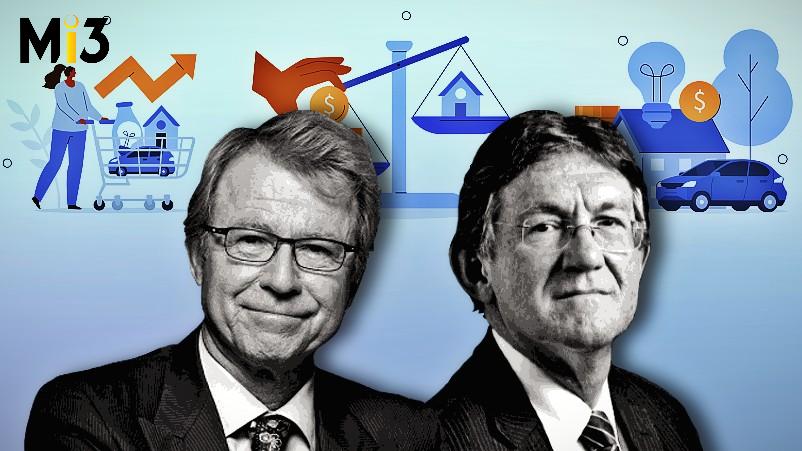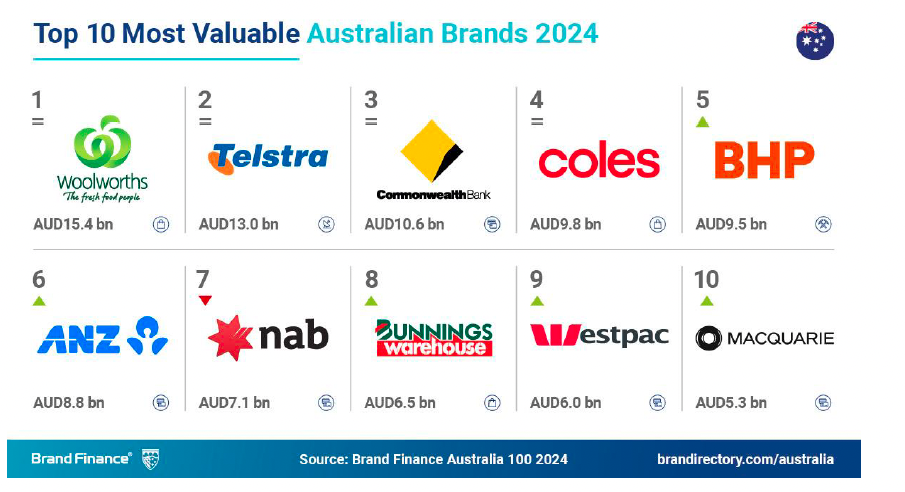‘Intensely worried’: Australia’s squeezed middle ditches eating out, entertainment to ride out cost of living crunch – but AMP and NAB chief economists warn on job cuts

What you need to know:
- AMP and NAB chief economists have warned that if Australia’s unemployment rate starts to rise, a recession is likely incoming.
- That’s because consumers are cutting back and taking second jobs to ride out the protracted cost of living squeeze, with mortgage payers aged 29-49 having to find $24,000 extra a year.
- Upwards of $3,800 of those savings are coming from cutting spend on entertainment, treats, eating out and car travel.
- But if the job – or second job goes – “that’s your recession”, per AMP’s Alan Oster.
- If employment rates stay stable, the medium-term outlook is healthy. But they are intently watching the US bellwether.
- “You can bet your bottom dollar if America starts seeing a weakened job market, we will see the exact same thing in Australia, though delayed,” said NAB’s Shane Oliver.
There’s an old saying, ‘It’s all ok till it’s not’. That’s what happened in the US. Unemployment was low, GDP was fine, and then suddenly it wasn’t. I worry about that intensely … If the jobs market starts to slow, the equation becomes different. You can bet your bottom dollar if America starts seeing a weakened job market, we will see the exact same thing in Australia, though delayed.
NAB’s Chief Economist, Alan Oster, has warned Australian consumer confidence is at recessionary levels, with mortgage payers aged 29-49 now having to find an extra $2,000 a month and slashing discretionary spend to meet repayments. But his biggest immediate concern is Australia’s unemployment figures – and Oster says what happens next with US jobs data will foreshadow what’s coming next for Australia’s economy.
“[Cost of living] has gone up, but it’s not the story you get out of the consumer sentiment,” Oster last week told the Senate Cost of Living Select Committee. “If the economy is really slow, and I think it is really slow, I’m more worried about employment. We are cutting our GDP forecasts for this year because we are worried about the consumer, and they are 55 per cent of the economy.”
Despite this, NAB’s latest quarterly consumer sentiment survey showed while cost-of-living concerns remain the top worry for consumers, job insecurity has become significantly less of a concern for Australians. As at June 2024, Australia’s unemployment rate remained at 4 per cent, with the employment to population ratio sitting at 64.1 per cent. The NAB report also found share of consumers reporting higher prices eased a little further with groceries, utilities, transport and eating out top of mind for most Australians.
Chief Economist at AMP, Shane Oliver holds a similar outlook. In his opening statement to the senate committee, he pointed out cost-of-living has increased 19 per cent, while wage increases have lagged at 14 per cent, resulting in a 5 per cent decrease of wages in reality. It’s seen his attention shift to employment and job security factors.
“There’s an old saying, ‘It’s all ok till it’s not’. That’s what happened in the US. Unemployment was low, GDP was fine, and then suddenly it wasn’t. I worry about that intensely…If the jobs market starts to slow, the equation becomes different,” Oliver said. “You can bet your bottom dollar if America starts seeing a weakened job market, we will see the exact same thing in Australia, though delayed.”
Oster also suggested the link between economic growth and unemployment levels is critical to changes in consumer confidence. He explained if stagnant growth persists, unemployment will increase.
“The low growth we’re seeing means people feel stressed. Their wages haven’t kept up. At the moment, fortunately you’ve got low unemployment. But if we continue with weak economic growth, and if we dip into recession, then unemployment will become more of an issue, and people will feel it more severely,” Oster continued.
In terms of consumer sentiment, Oster said Australians do not think the cost-of living crisis would be temporary, but also don’t assume it will increase either. Instead, many consumers expect interest rate cuts in the next six months to a year. Combined with the prospect of job insecurity inching closer, this could only lead to further stress on the consumer.
Australian consumers go to see Taylor Swift, the next month they won’t spend anything … 'I’ll cut back a little bit. I’ll get a second job and provided that [the cost-of living crisis] only lasts for another six months or so, I’ve got enough to get me through.' Where it falls over is suddenly, I don’t have a job. That’s your recession. That’s what, in some ways, scared the hell out of America.
Eating out, entertainment slashed
What it means in the interim is Australian consumers are juggling spending choices, oscillating between prioritising one discretionary purchase to the next. NAB’s Q2 consumer sentiment survey showed expectations for further increases in cost-of-living have become entrenched, with consumers continuing to adjust to these recurring challenges by taking greater control of the household budgets, cutting spending in most areas. Trimming the top four areas of spending (eating out, treats, entertainment and car travel) is saving consumers on average $320 a month or $3,840 a year if continued. The report also found six in 10 used cutbacks for day-to-day living expenses, four in 10 topped up savings or offset accounts, and one in five paid down their mortgage or other debt. Discounters continue to be viewed most favourably, with eight in 10 consumers identifying price as the factor they value most.
“Australian consumers go to see Taylor Swift, the next month they won’t spend anything. They’re saying, ‘Ok I don’t have as much money as I had so what I’ll do is cut back a little bit. I’ll go get a second job and provided that [the cost-of living crisis] only lasts for another six months or so, I’ve got enough to get me through,’” Oster told the committee.
“Where it falls over is suddenly, I don’t have a job. That’s your recession. That’s what, in some ways, scared the hell out of America because they have this unemployment that suddenly went up.”
Oster also addressed dangerous consumer sentiment assumptions during the committee hearing, including expectations that the economy will improve through consumers spending money from tax cuts. While Oster originally assumed 50 per cent or more of consumers would spend their tax cut money, NAB internal survey data suggests 60 per cent or more of consumers will either save their tax cut money or use it to pay off debt.
Nevertheless, Oster remained confident for the economy’s future. “This is the first time since the 1990s we’ve deliberately tried to slow the economy…I think the medium-term outlook is actually good. The near-term outlook is just a result of policy.”





